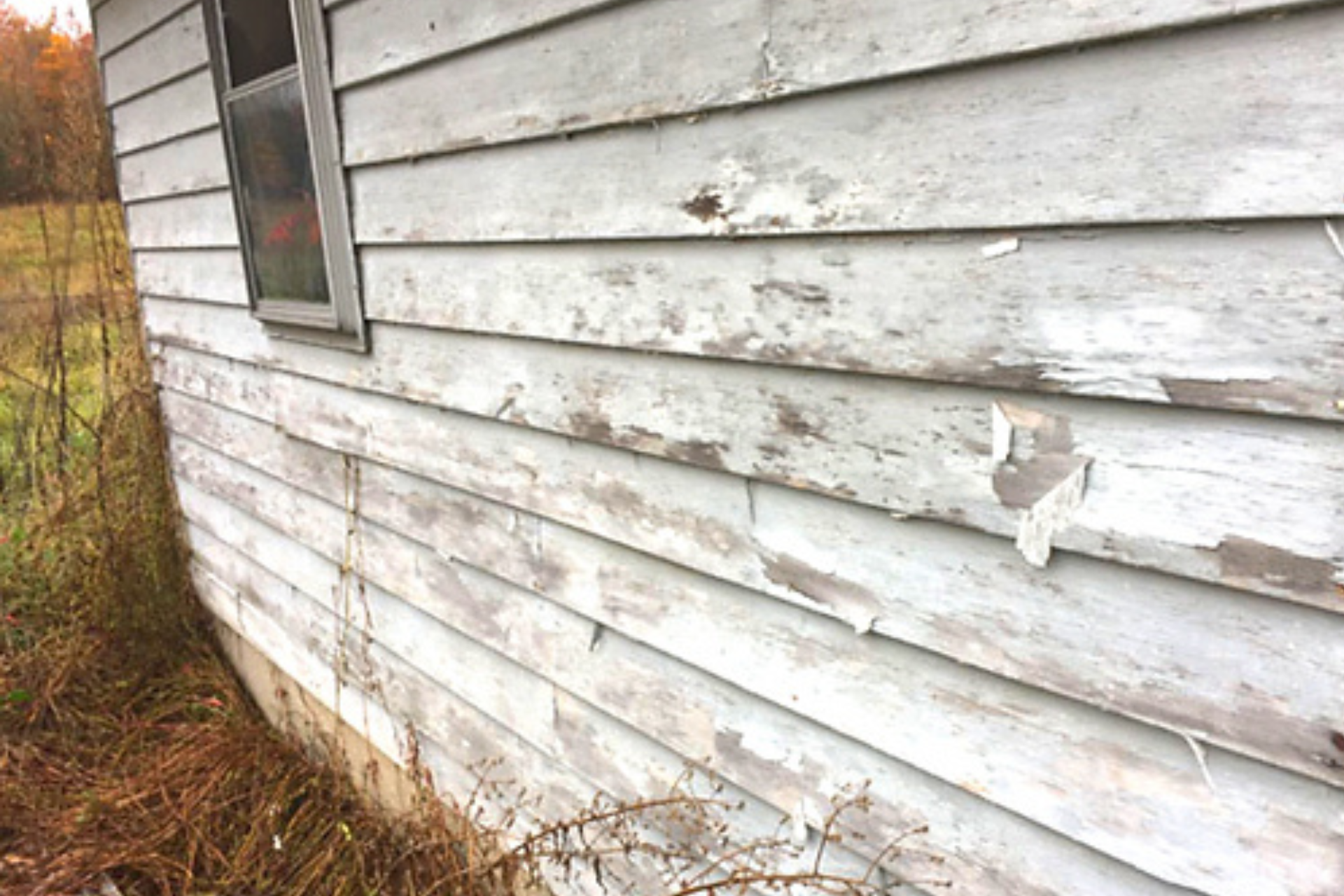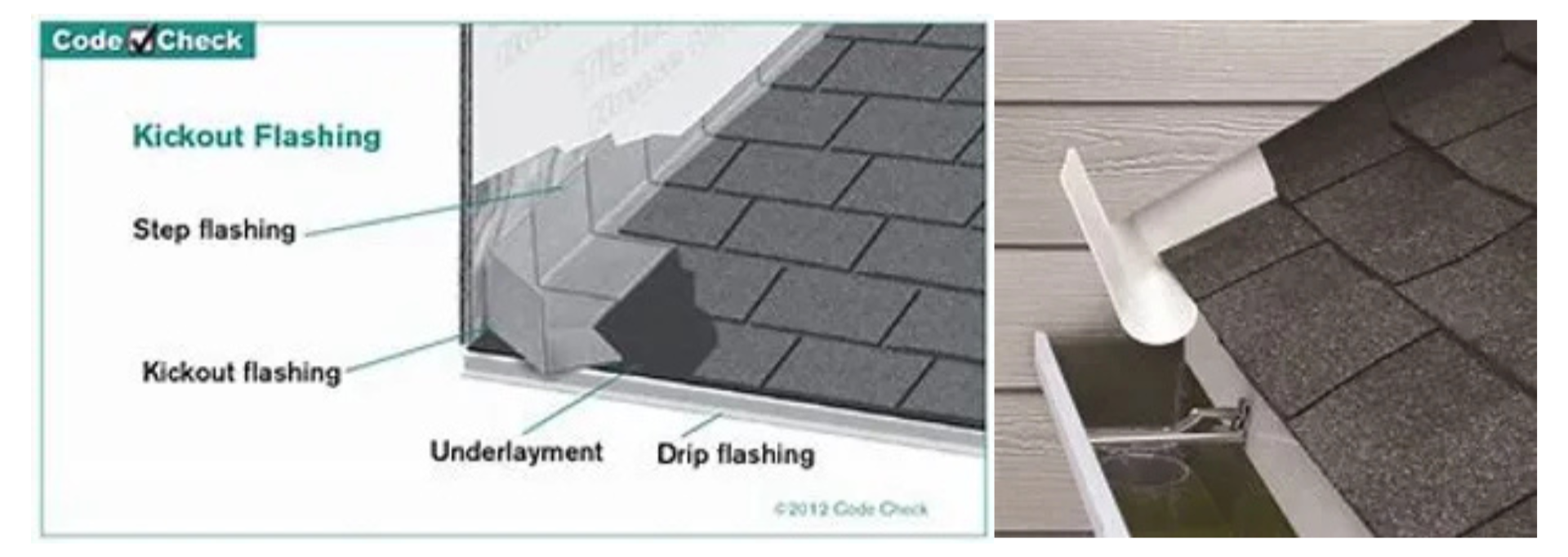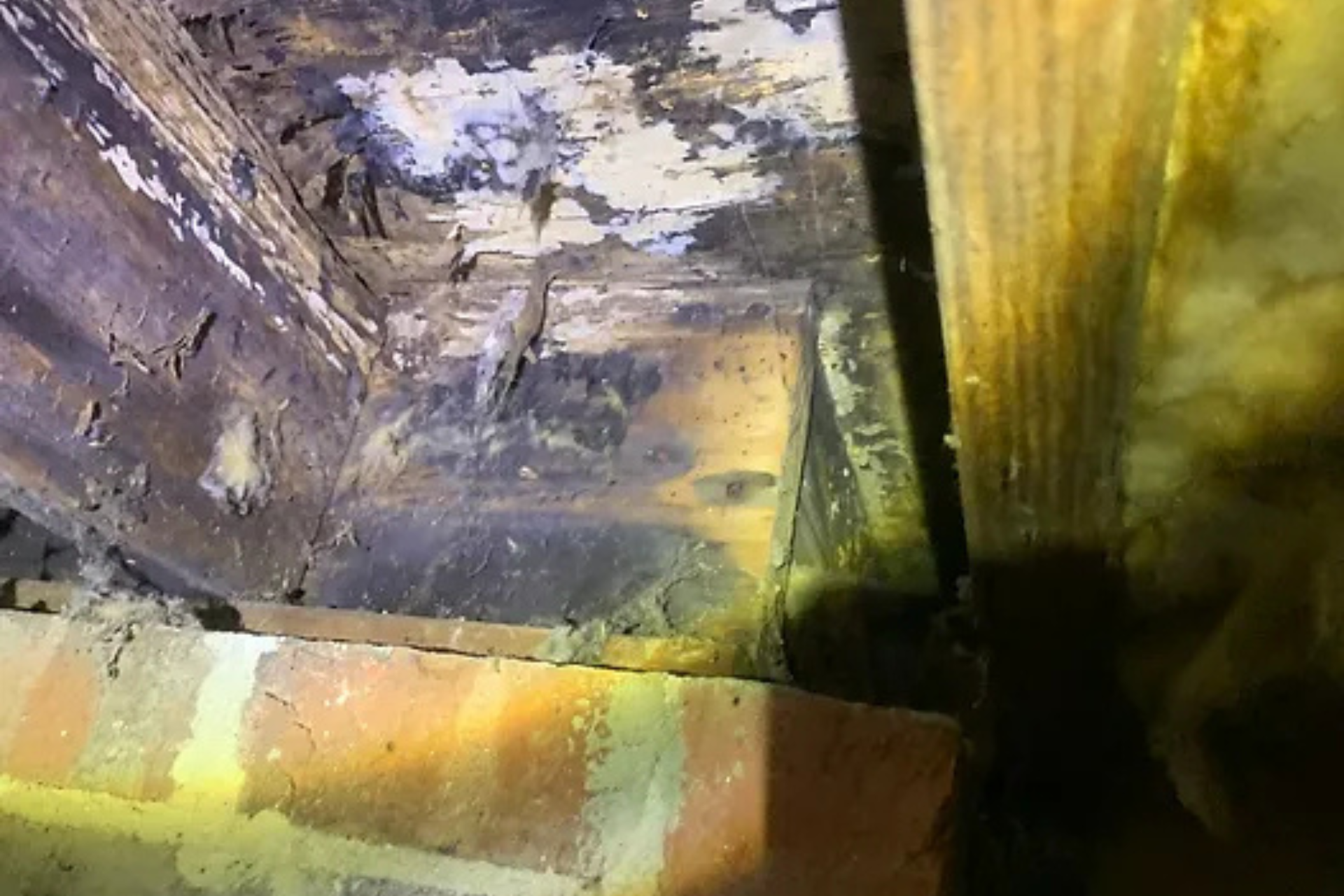Floor System Repairs: From the Lens of a Home Inspector
Off grade, or homes with a crawlspace, can experience sagging or bouncy floor systems as the home settles. Many homeowners take the do-it-yourself approach and attempt to perform the repairs themselves. While this may save them money in the short term, these repairs are typically temporary, performed incorrectly and will require proper repair before they sell their home.
As a home inspector, I run across improper repairs routinely. Dry stacked bricks or masonry CMU blocks are commonly used. Dry stacking bricks is one of the least appropriate forms of a temporary repair. Any lateral movement of settlement will cause the bricks to lean and fail. A proper concrete footing and mortar between each coarse of brick or block would give the appropriate compression and lateral support. Grout filling the CMU cell (filling them with concrete) is ideal. Typically, a 24″x24″x4″ concrete pad is used to support the masonry piers. Be sure to check with a local contractor or engineer to verify this is appropriate in your area.
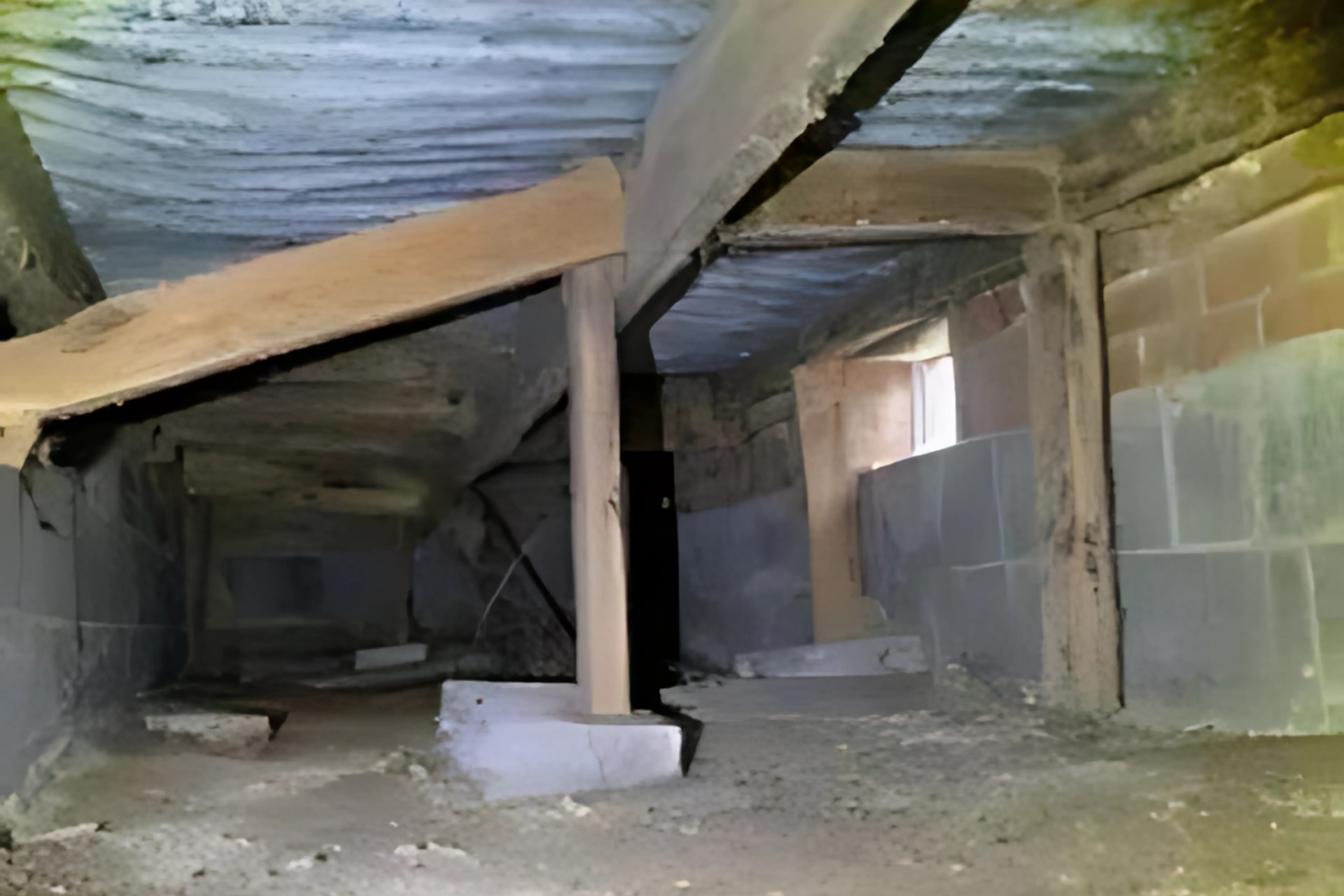
This 2×4 in the photo above is virtually ineffective. It is hard to see from this photo, but the 2×4 is not pressure treated and it has been turned into a paint brush from termites. Non pressure treated lumber should never contact masonry or come into direct contact with grade. Most building guidelines require any lumber within 18″ of the ground be pressure treated. In fact, many pressure treated lumber products are not rated for ground contact.
Be sure to check the sticker attached to the lumber to determine if it is rated appropriately. In the photo above, the 2×4 is nailed to the side of the floor joists as opposed to directly under the floor joist. So the only thing supporting the floor joist, which in this case is supporting a floating slab (we will leave that for another blog post), is the shear strength of the fasteners. A minimum of a PT 4×4 should have been used. This would still be considered a temporary repair and would be noted on the inspection report as needing further evaluation and repair.
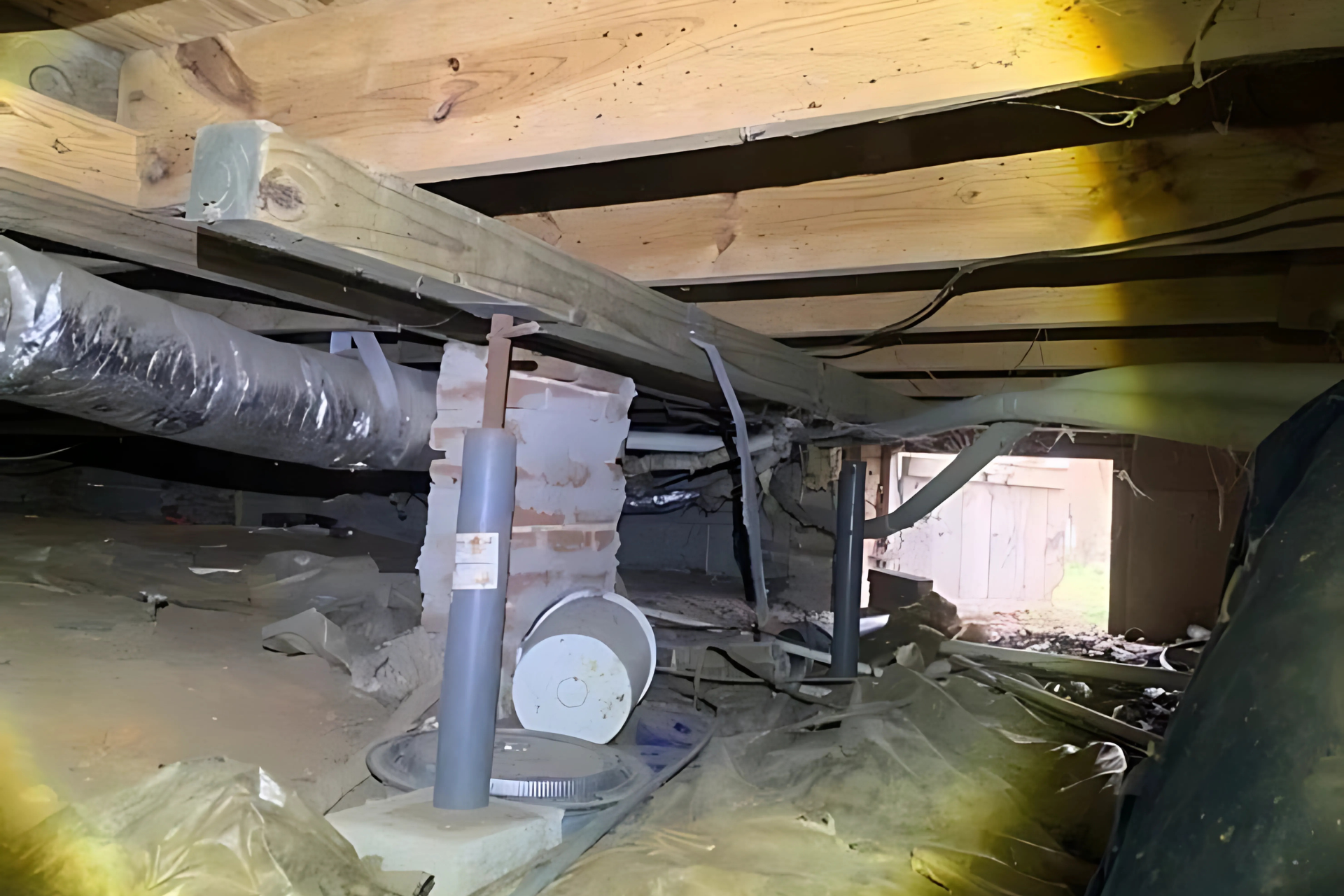
Pole jacks are a go to item for floor system repairs. However, not all pole jacks are considered permanent solutions. There are two main types of pole jacks. Single piece jacks (permanent) or multi-piece jacks, also known as telescoping jacks (temporary). Telescopic-style jack features removable pins to allow you to properly position the brace for easier height adjustment and leveling.
When selecting a pole jack for repairs, certain criteria must be met. Typically, permanent pole jacks are a single pole with a fixed plate on one end of the pole. They are at least 3″ in diameter and they will have an adjustable end that screws in or out to adjust the height. The photo above is an example of what is considered a temporary pole jack. While it does have an adjustable top, the diameter is not wide enough and it doesn’t have an affixed plate on the bottom side. These types of jacks can only be installed with the adjustable screw at the top. Permanent jacks can be installed in either orientation.
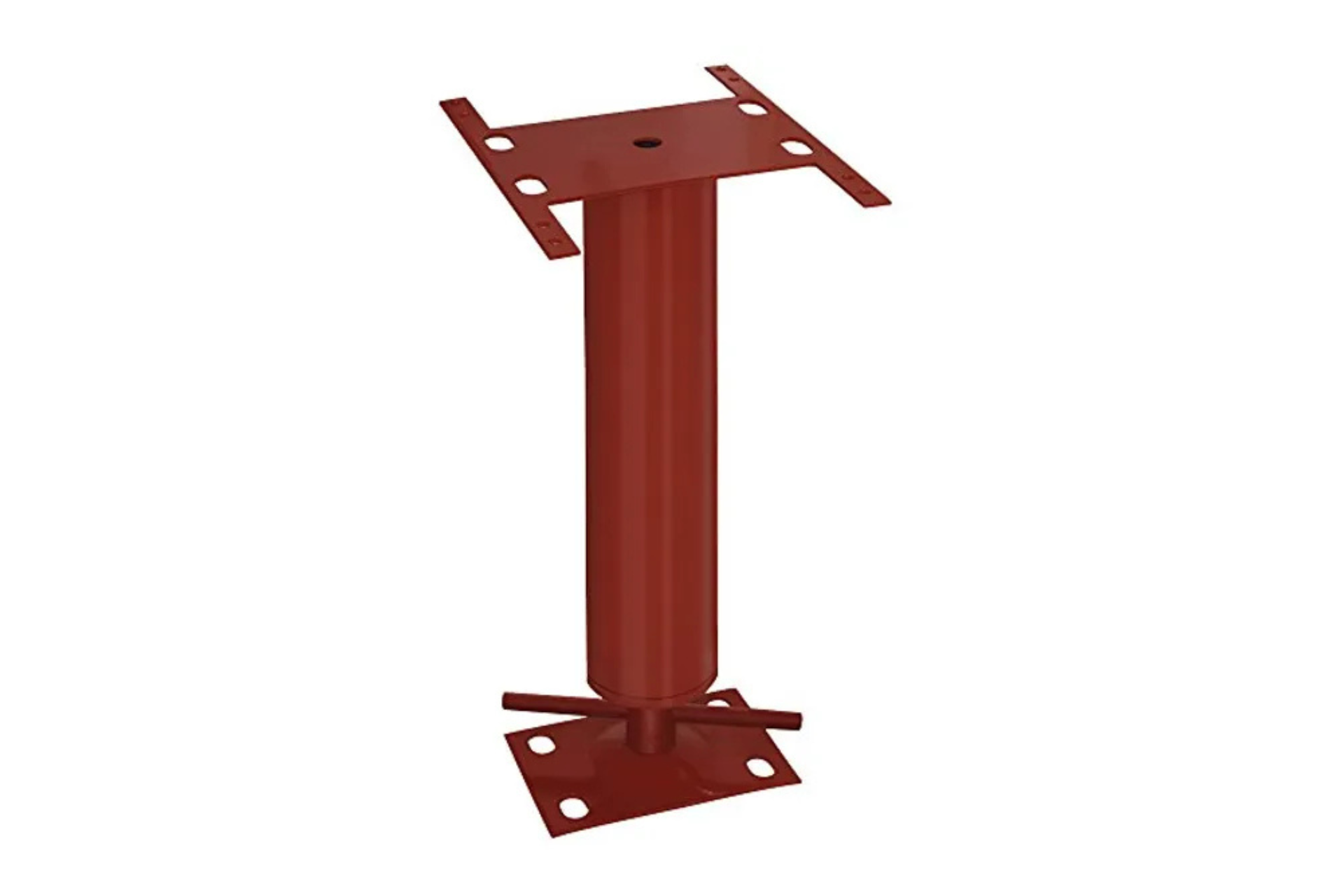
Proper installation is key in ensuring the supports will perform as intended and not lead to failure. Jacks should be plumb and rest on an appropriate concrete pad or footing. Placing the jack directly on the dirt is not sufficient and could lead to failure of the support.
The photo below shows an example where the temporary pole jack has failed because it was improperly installed. The ground will compress under pressure, especially if the moisture levels are raised in the crawlspace. A concrete pad has excellent compression strength and will help disperse the load to a wider footprint. Be sure to level the ground under the concrete pad so that the pad makes complete contact at all points. While concrete has excellent compression strength, it lacks tensile strength. Therefore, if there is a void under the pad, it could lead to the concrete pad cracking/breaking. This is why metal is installed in concrete slabs and footings. To reduce the risk of the concrete breaking during settlement.
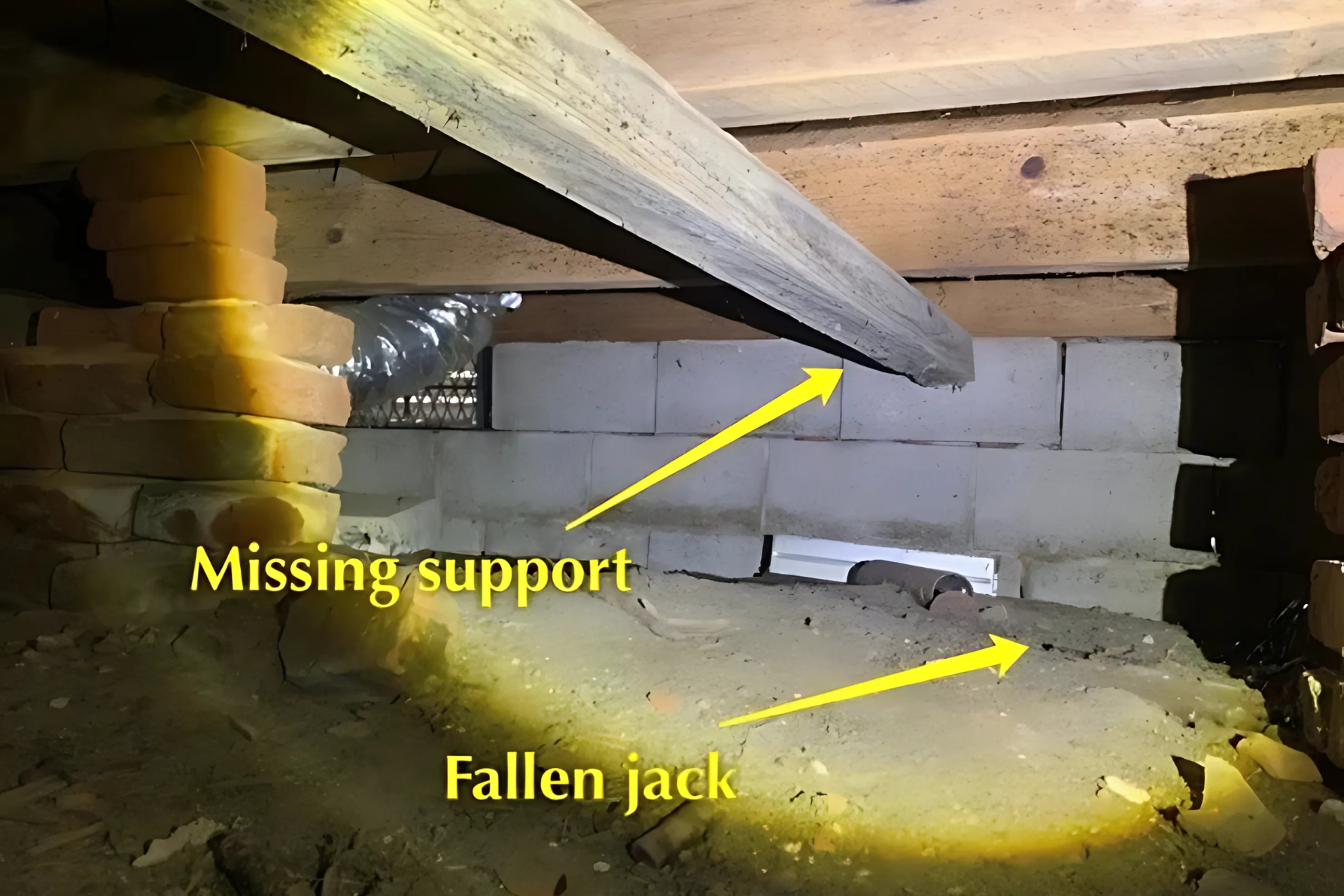
No matter the type of repair made, it is the duty of the home inspector to note any repairs made to a home. By properly repairing the floor system the first time around, it could save time, money and headaches if an improper repair is found during the home inspection.
Ultimately, it is up to a licensed professional contractor or structural engineer to be able to verify that any structural repairs are sufficient and meet current building codes. A pre-sale inspection, by a licensed home inspector can alert you in any issues that may arise during the sale of your home. This allows you to repair any issues or price your home appropriately knowing there are items in need of repair. Feel free to contact us with any questions or to book your home inspection.
